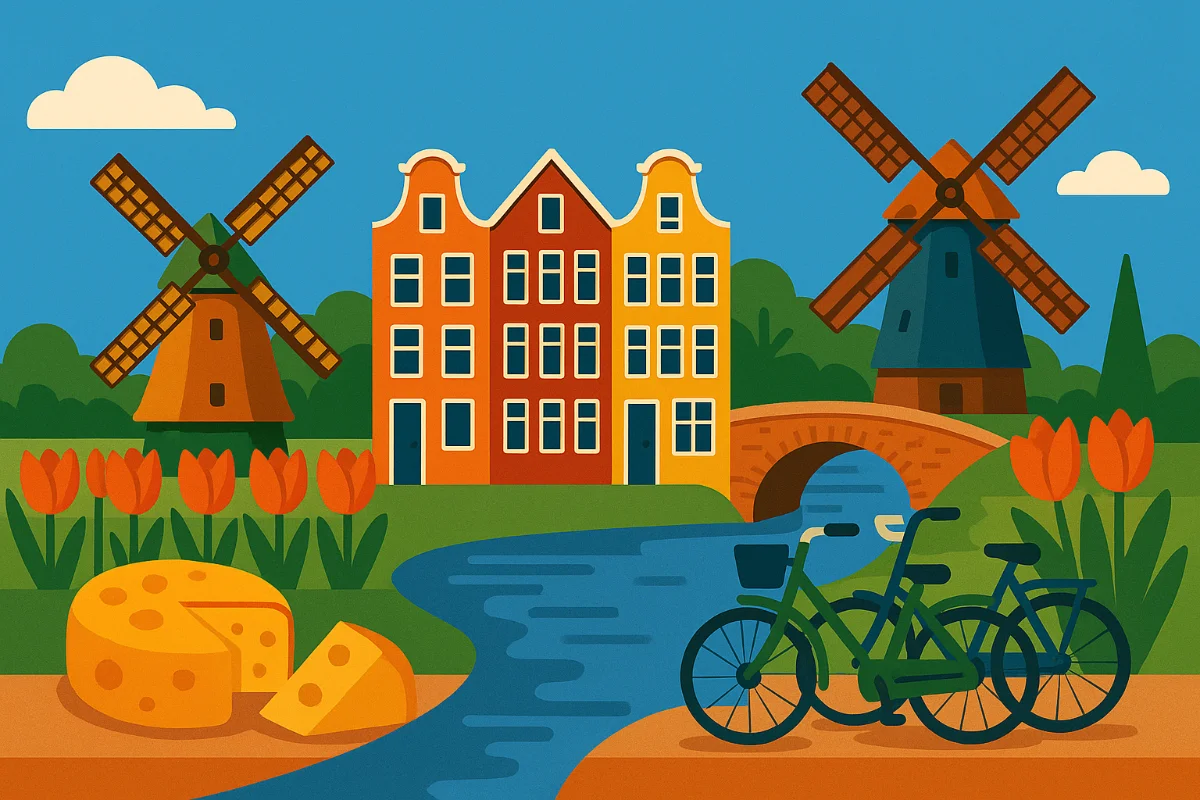Definite Articles: 'de' and 'het' (A1)
In Dutch, the word for "the" can be either de or het. These are called definite articles.
- Which one to use? Unfortunately, there are few reliable rules. You generally need to learn whether a noun takes
deorhetalong with the noun itself. - Gender: Historically,
dewas used for masculine and feminine nouns, andhetfor neuter nouns. While gender isn't as crucial grammatically now as in German, it's the origin of thede/hetdistinction.
General Guidelines (Not Perfect Rules!):
- Plural Nouns: All plural nouns use
de. de mannen(the men)de huizen(the houses)de boeken(the books)- People: Nouns referring to people are usually
de. de man(the man),de vrouw(the woman),de leraar(the teacher),de student(the student)- Diminutives (-je, -tje, etc.): Nouns ending in diminutive suffixes are always
het. het meisje(the girl),het huisje(the little house),het boekje(the booklet)- Languages: Names of languages are
het. het Nederlands,het Engels- Infinitives used as nouns: These are
het. het eten(the food/eating),het lezen(the reading)
Examples:
De man leest.(The man reads.)Het huis is groot.(The house is big.)Ik zie de fietsen.(I see the bicycles.)Het meisje lacht.(The girl laughs.)
Tip: When learning new nouns, always learn them with their article (de or het). Use a dictionary or vocabulary list.

